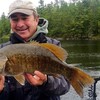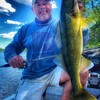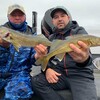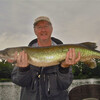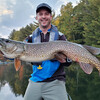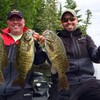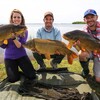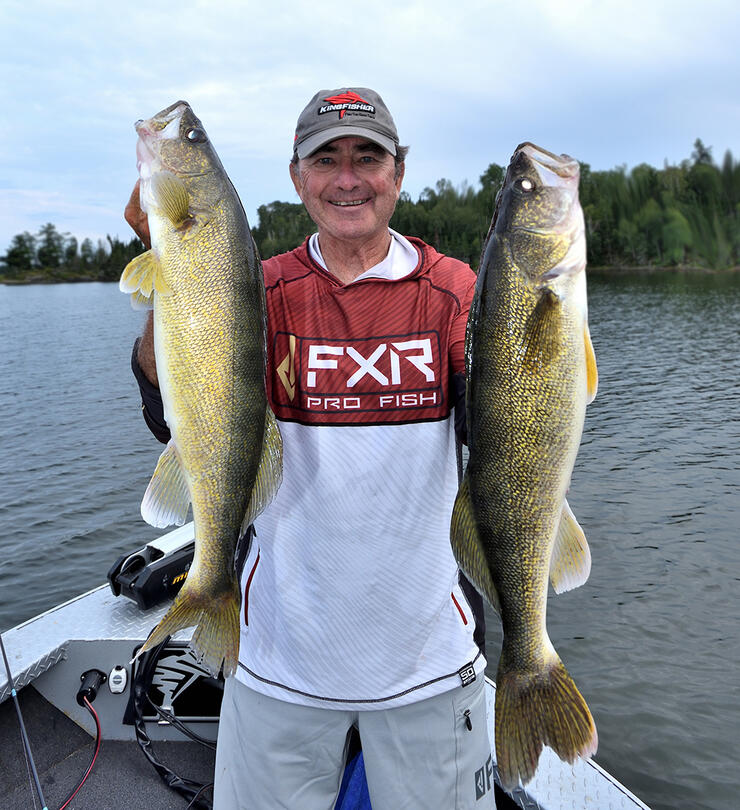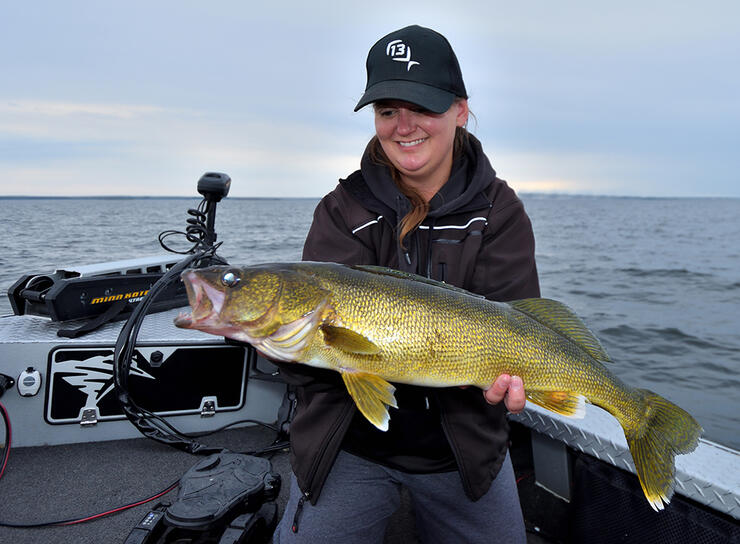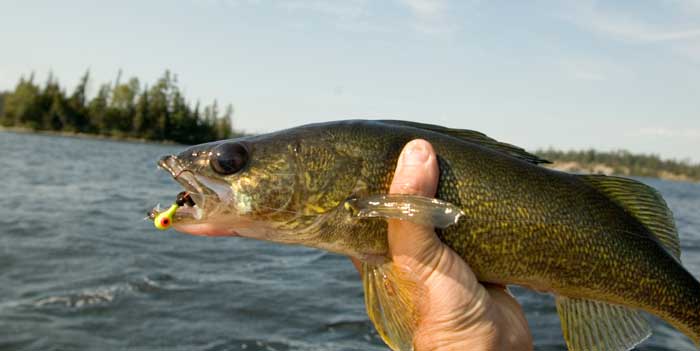
The Inside Scoop
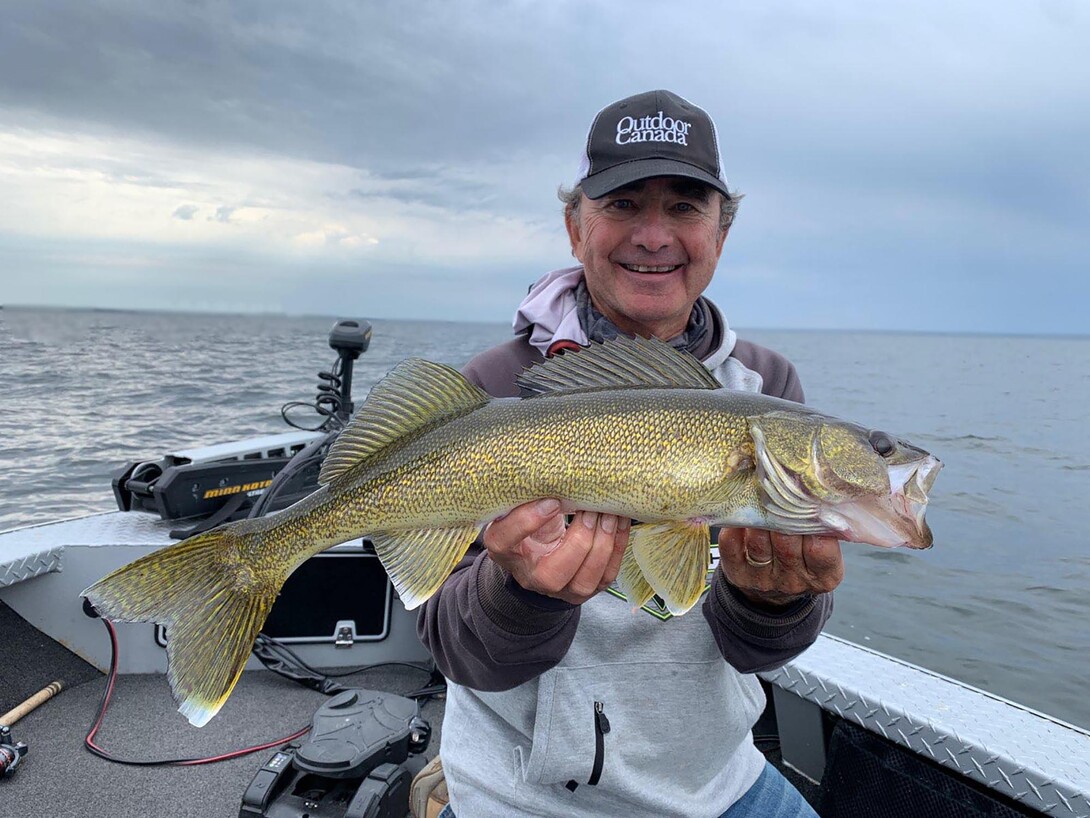
It is easy to fall in love with fishing in the fall in Northern Ontario. The incessant summer heat has been replaced with pleasantly warm sunny days and cool starlit nights that are perfect for sleeping after relaxing with friends around an evening campfire. The boat traffic has slowed down to a trickle and the best fishing spots are vacant, waiting for you to arrive. Oh, yes, and the walleye, bass, northern pike, muskies, lake trout, yellow perch and black crappies are feeding greedily. But where do you start looking for fish?
Well, the truth of the matter is that an angler could do far worse than simply go point-hopping. It is one of my favourite strategies when I get on a new body of water. Heck, even a lake I know well. And there is an exceptional fish-finding trick that I’ll tell you about in a moment. But first, let’s look at why points are such stellar fish producers.

The principal reason, of course, is that underwater points jut out from shore and off the tips of islands, and block or intercept the movement of fish. If you look at an underwater contour map of your favourite lake you’ll typically see plenty of points, some prominent and obvious, while others are subtle and inconspicuous. Regardless, underwater points resemble long bony fingers.
And because they break the conformity of the shoreline, underwater points generally also offer some form of cover like weeds, reeds or boulders. Places where predator fish can hide and ambush smaller prey.
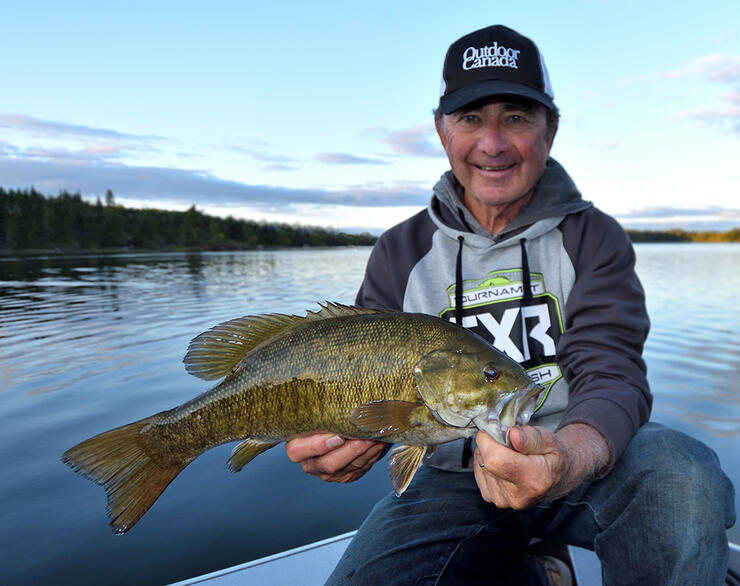
Figure 1, for example, is one of my favourite Sunset Country points to fish for walleye, smallmouth bass and northern pike. It is a large finger that has reeds growing in the sandy shallows, clumps of cabbage weed out slightly deeper and a variety of boulders from chair to basketball-size scattered on top. Early in the morning and later in the evening, the fish will pull up on the point and prowl the deep weed line feasting on the young perch and spot-tailed shiners that play in the grass.
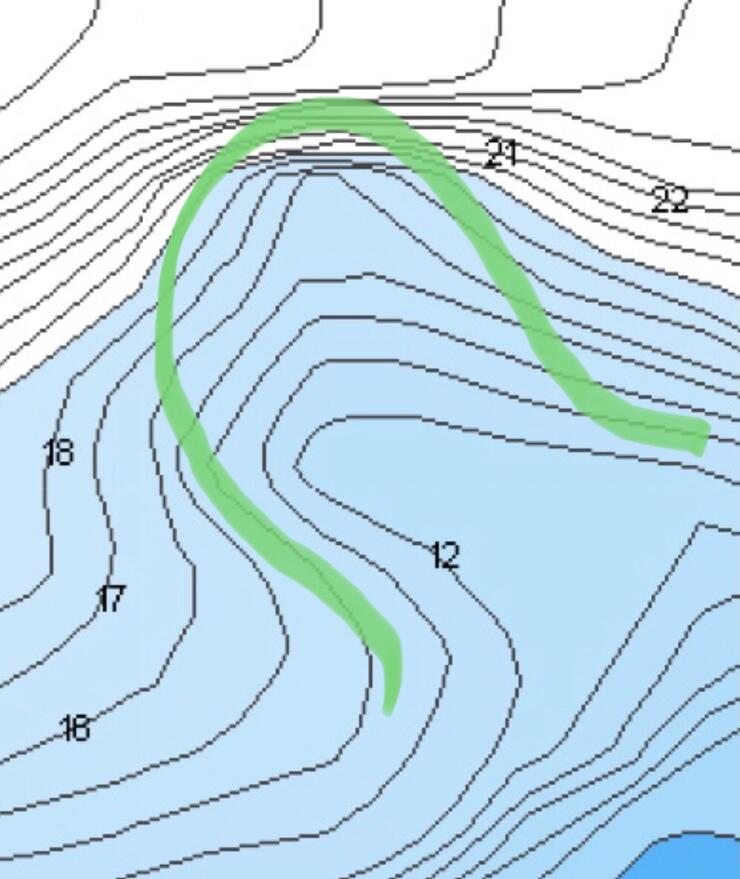
During the middle of the day, on the other hand, they’ll slide out into the deeper, darker, cooler water near the tip and use the boulders as cover. Depending on the angle of the sun, they’ll also hide on whichever side of the slope offers the most shade.
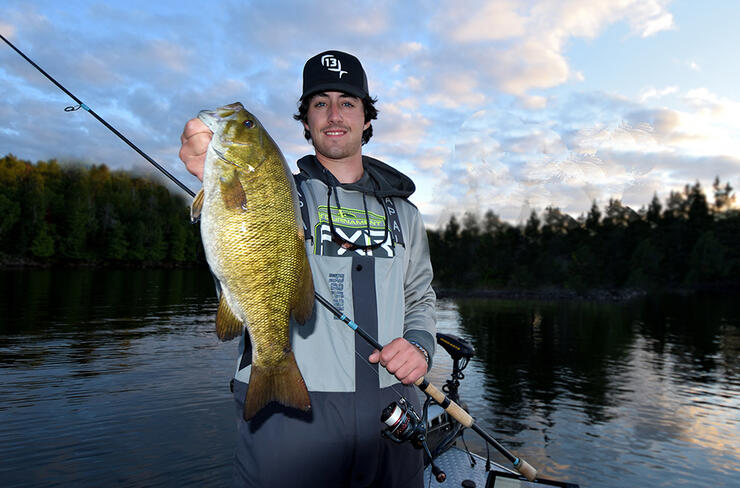
Now, here is the secret, or the inside scoop as I like to call it. Form a fist with your hand and then hold your second and third fingers in front of your face and make the letter V. Your fingers resemble two obvious points jutting out from shore, but look at the space between your two fingers. It is also a point — albeit inverted — and among experienced anglers, it is referred to as an inside turn. And as good as points are to fish, inside turns are often better.
The reason, of course, is they so soft, subtle and subdued. Everyone can study an underwater contour map and find the prominent points on a lake, but that is usually about as far as most folks go. So the better inside turns are left to the victors who go one step further.
I bet you’re wondering, too, if there is a way to portend, or forecast, which inside turns are better than the others. There is and it is as simple as this: the best inside turns tend to be adjacent to the best points. If you look at Figure 2 below, for example, it is an expanded version of my favourite point that we discussed above.
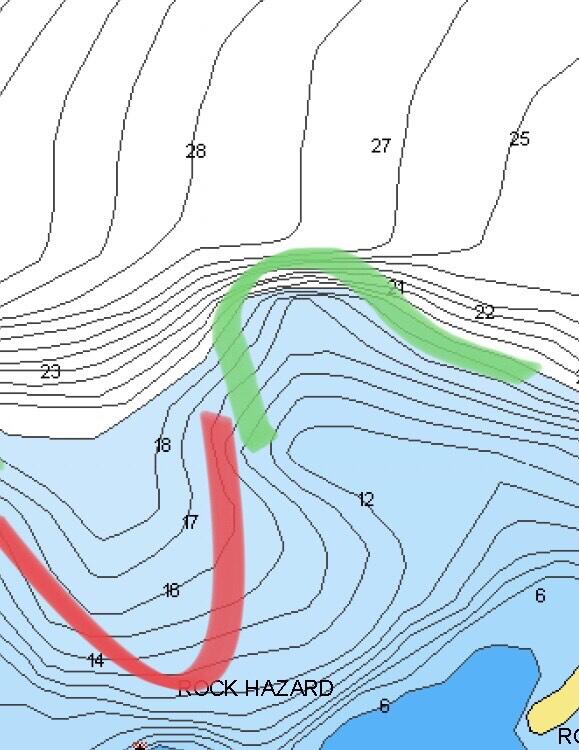
I’ve highlighted the inside turn in red so you can easily see it. What typically happens here is that the small prey species swimming parallel to the shore, make contact with the point and mill about the tip. And while some, for certain, will pull up onto the rock finger itself, many more will be naturally persuaded to follow the contour they were travelling into the inside turn. Where they congregate and come together in a delicious mass, drawing in the walleye, bass and northern pike like hungry freeloaders, given a pass to an all-you-can-eat buffet.
Fall fishing in Northern Ontario
Recommended Articles
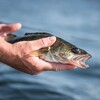
Pro Fishing Photos
Five Star Fishing
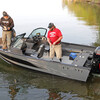
5 Things to Consider When Buying a New Boat!
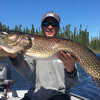
Ontario’s Monster Northern Pike Fishing Adventures
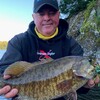
Angling Escape to Edgewater
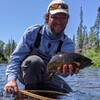
Mattawa River Resort
Top 8 Places to Ice Fish in Ontario

Real Fishing at Mattawa River Resort
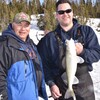
Big Lake Abitibi
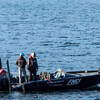
Trolling for Walleye
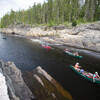
Angling the Missinaibi
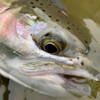
Fishing With Drift Outfitters
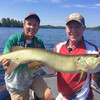
Jack's Lake Lodge
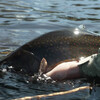
The Legendary Brook Trout of the Albany
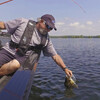
How Smallmouth Bass Came to Ontario
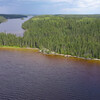
Off-Grid Ontario Fishing Adventures
Kesagami Wilderness Lodge
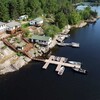
Fishing On The French

Cast Away the Ordinary


